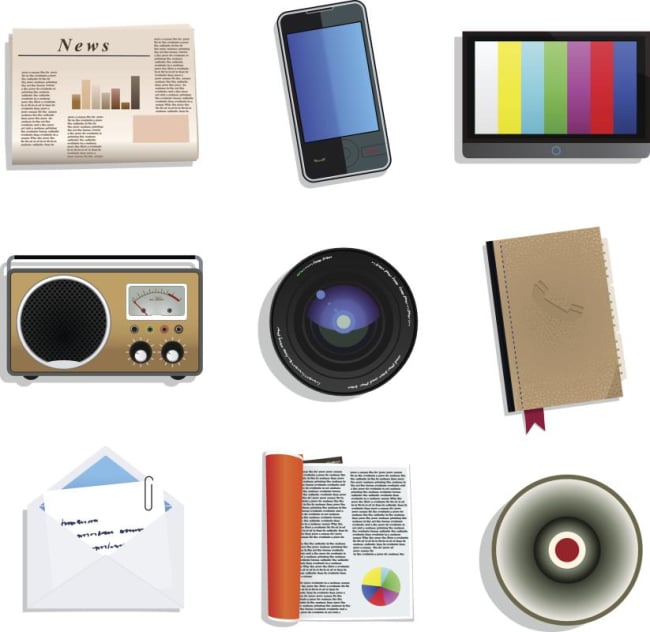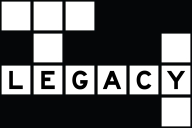You have /5 articles left.
Sign up for a free account or log in.

anilyanik/digitalvision vectors/getty images
Selecting required readings for a course is a universal challenge. Every semester, social media lights up with discussions about the struggle to include all desired texts in your syllabus or where to find the perfect reading to touch on a major point relevant to student learning.
The advent of crowdsourced syllabi like #CharlestonSyllabus and #FergusonSyllabus has been helpful for us as college instructors when it comes to not only locating sources but also identifying a broad range of source types that inform students about crucial current events. But we should do much more to engage students in identifying reliable sources.
For the past 12 consecutive years, I have served as department chair. This summer, my first free of administrative duties in over a decade, I turned, with a clear mind and new enthusiasm, to prepare my class syllabi. Every year I tweak them, but this year, I’ve completely restructured them. I am now teaching two courses this fall: one I have taught before (Black Women and Health) and one new to me (Thinking the Body). And given the convergence of a multitude of human rights violations and the ever-quickening news cycle, I have intentionally structured both to maximize teaching students about different types of sources—from the known (books and articles) to the rarely cited (dissertations, archives and creative texts).
In short, I am actively exploring a pedagogy of the source. I’ve entirely organized both my courses to guide students to various sources and offer a basic approach that enables them to locate sources specifically related to the class and their area of interest—and, ultimately, to make a distinct contribution with a well-sourced final research paper.
This course restructuring has me extremely excited to teach this semester. Assignments consist of two short papers that lead to the final paper. Here is an excerpt from my syllabi that identifies the source types and offers a rationale:
Below is a detailed list of primary, secondary and tertiary sources for you to develop a robust, well-cited final paper. I organized diverse source types into an acronym and a phrase that captures the limitations of research using only books, articles or random websites: Scholars without sources are REAL BAD NEWS.
Week # & Source Type
- Report, government document or database
- Live source, oral history, interview or video
- Law or legal journal
- Books (two: nonfiction/scholarly and memoir)
- Book review
- Article (two: scholarly journals and magazines)
- Archive, artwork or museum
- Agency, professional association or organization
- Dissertation or thesis
- Documentary or movie
- Newspapers (two: one prior to 1945, one contemporary)
- Novel or short story
- Encyclopedia or bibliography
- Website, multimedia, blog or social media post
- Song or poem
Why did I decide to do this? I have long believed that we must teach students research skills rather than simply provide them information. Remember the old African adage that if you “give a man a fish, he’ll eat for a day, but if you teach him how to fish, he’ll eat forever”? I believe that if you give students a source, they’ll read for a day, but if you teach them how to find sources, they’ll read forever.
Since I began teaching as an assistant professor in 2003, I’ve required at least 10 source types in my students’ final paper assignment. I’ve always heard some grumbling, but I’ve held firm because it was my own undergraduate coursework that introduced me to sources like dissertations and book reviews—sources beyond books and articles and the then-emerging interwebs.
When I was an undergraduate at California State University, Long Beach, one course in English required me to cite historical book reviews. A course in Black studies required that I cite a dissertation. Yet another in women’s studies introduced me to the power of documentary and interviews. As a McNair Scholar—a program designed to prepare college students for graduate school—I was introduced to a multitude of sources within my peers’ research projects. So when constructing my own courses, I immediately move beyond the basic book-and-article model of required reading.
By exploring 15 different source types throughout the semester, I am teaching the skill of information literacy. Before, it was a struggle not to overwhelm students with the idea of locating a diversity of sources. Tackling just one source type per week should be less intimidating for students and also allow more in-depth understanding throughout the semester.
In the past, I have taken time to show students where to locate dissertations and introduce them to the beauty of archival work. We have also had serious discussions about validity of sources and the need to do background checks and get clarity on who is publishing information—whether items are self-published or peer reviewed, for example. Now, by foregrounding sources as the fundamental structure of the class, we have in-depth discussions about how source types can aide in the construction of a more informed, robust and nuanced final paper.
For that paper, students will identify a topic of interest to their personal and professional development. As an example, I shared recommended sources about the topic of Black women and health. Each week, the students will be required to locate a source type relevant to their own research interest. Their own sources, combined with some recommended reading, will enable them to construct an original research paper by collecting information from a variety of locales.
Each week, students share their discoveries and learn from each other as they locate troves of treasure, yes, in books and journal articles but also on social media, in laws and legal journals, through professional organizations, in newspapers, and more. In a time when critical thinking is needed as much as ever, showing students where to find a cross-section of information in order to compare and contrast ideas is truly an exciting and necessary task.
This semester, I have already noticed the benefits of this structure in how students process information in short papers and discussion posts. In the first paper, more students were able to tackle a specific topic of interest and connect it to a law, report or interview. The discussion posts required everyone to share a sample of what they found in an archive and comment on one other person’s finding. This made the research process more transparent and exposed them to sources they may not have found otherwise. And in the papers and discussions, students have been able to synthesize information among sources in ways that have helped them build an argument with more insight than if using only course books or simply relying on secondary sources.
The “real bad news” framework can be adapted, and I hope other instructors will find this approach useful. I’ve created a resource website with sample sources and syllabus guide: teachingfromthesource.net. As I embark on the next phase of my postchair academic career, I couldn’t be happier with this work of teaching—and learning—by guiding students on a journey to the source.








